
Top 10 Most Dedicated Photographers: How Far Would You Go to Get the Shot?
What do giant snakes, the destructive power of a tornado, and dangling thousands of feet in the air have in common?
To some of the world’s most dedicated photographers, it’s just an average Tuesday.
Taking the perfect shot isn’t always as easy as it seems to the rest of the world. Some photographers need to bend over backwards to get the shot they’re envisioning, and a select few will go even further than that. At the heart of every artist is an inherent drive to push the limits.
Although, this raises the question, how far is too far?
Take a look at some of these photographers—all trailblazers in their fields and all willing to go the extra mile to capture the perfect moment.
1. Corey Rich
As one of the world’s leaders in adventure photography, Corey Rich has spent his life capturing moments most of us only dream of. From train jumping in the American West to ultra-marathon running in Morocco, Rich has spent two decades capturing daredevils across the globe.
While Rich’s portfolio is vast, one photo of the photographer at work has been spread across the internet: a photo of Rich on a ladder, perched precariously on the side of a rock, while he photographs a free-climber.
As an expert in the field, Rich was contacted by Nikon in the hopes of creating a film that could showcase both his work and the diversity of their cameras. With this awesome opportunity, Rich decided to focus the short film around answering the question every great athlete is asked: “What pushes you, day in and day out, to do this?”
The filming lasted 12 days and followed three athletes across the United States and Mexico. On the final days of filming, Rich and his crew shot a free-climber named Alex Honnold. It was during this dangerous free-climb that Rich would set up a ladder extending sideways from the rock face to capture some shots from above. As we all know, sometimes you have to get creative to get that perfect angle, and Rich’s inventive methods result in some great photos.
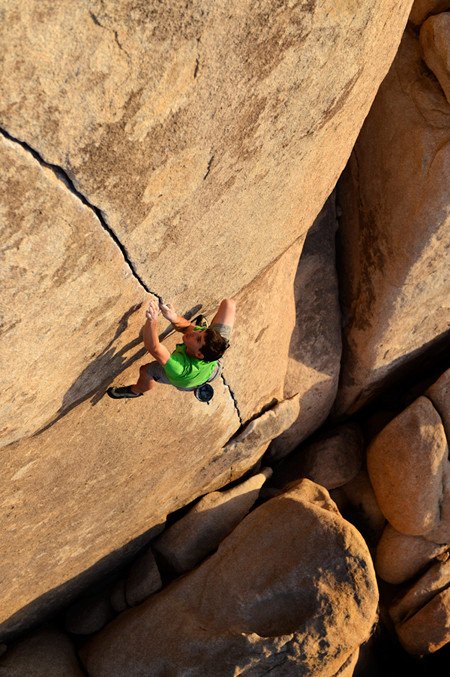
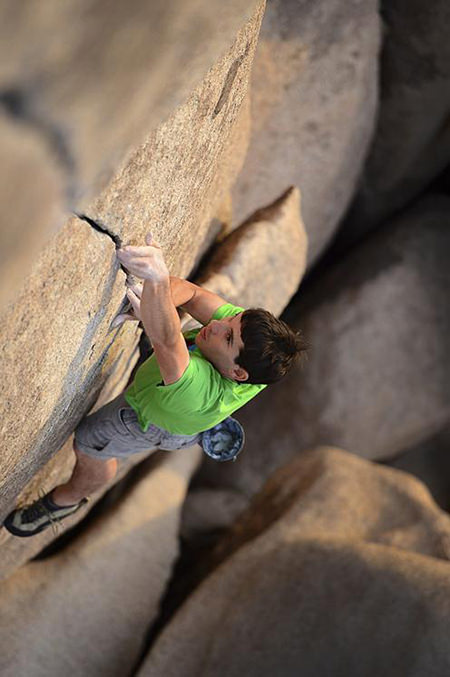
PRO TIP: Rich has stated that his favorite part of the job is being able to tread that line between athlete and photographer. To achieve jaw-dropping photos in your own way, try to fully engage in that exact moment and what is happening around you. It’s just your subject and your camera, everything else is a distraction.
2. Kawika Singson

Getting the perfect shot doesn’t always mean the capturing the greatest image for your portfolio. For amateur photographer Kawika Singson, it meant getting the perfect social media cover photo.
Singson, a hiker and landscape photographer from Kailua-Kona, Hawaii, has spent the past few years exploring the island’s many active and dormant volcanoes. A trip up a local volcano in the summer of 2013, however, would cause Singson to become a viral sensation.
The photo of Singson, with his shoes and tripod on fire, has been making its way around social media for years, often delivering the shock value he was going for from the start. Singson set out to capture the perfect photo for his Facebook cover photo, looking to showcase his love of photography and his passion for exploration in one perfect shot.
To get the impressive photo, he recruited the help of photographer friend Christopher Hirata. Together the pair climbed a local volcano, the location of which Singson refuses to reveal as he doesn’t think it’s safe for amateur photographers to visit. After finding their perfect location, Singson carefully used an accelerant to start the flames that are seen in the photo. While the flames weren’t created naturally, he does confirm that the lava seen in the photo is completely genuine.
“That’s real lava, real flames, and it was really hot! I could stand the heat only for a few seconds,” he admitted in an interview with PetaPixel.
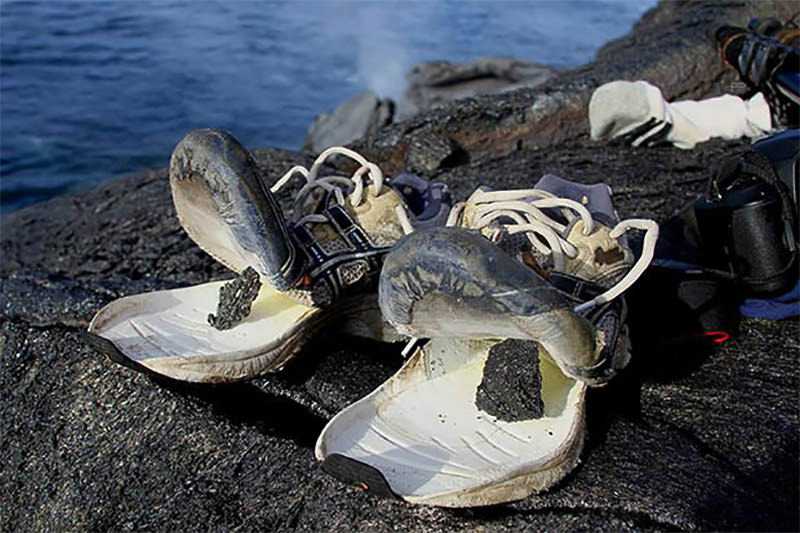
PRO TIP: Never underestimate the power of shock value. Obviously, it’s quite extreme to set yourself on fire to get a perfect photo. At the same time, creating a profile photo that represents your personality and style is a fantastic opportunity for branding and marketing. Don’t be afraid to showcase your creativity to draw attention to your social media accounts—maybe you can become the next viral sensation!
3. Henryk Janowski
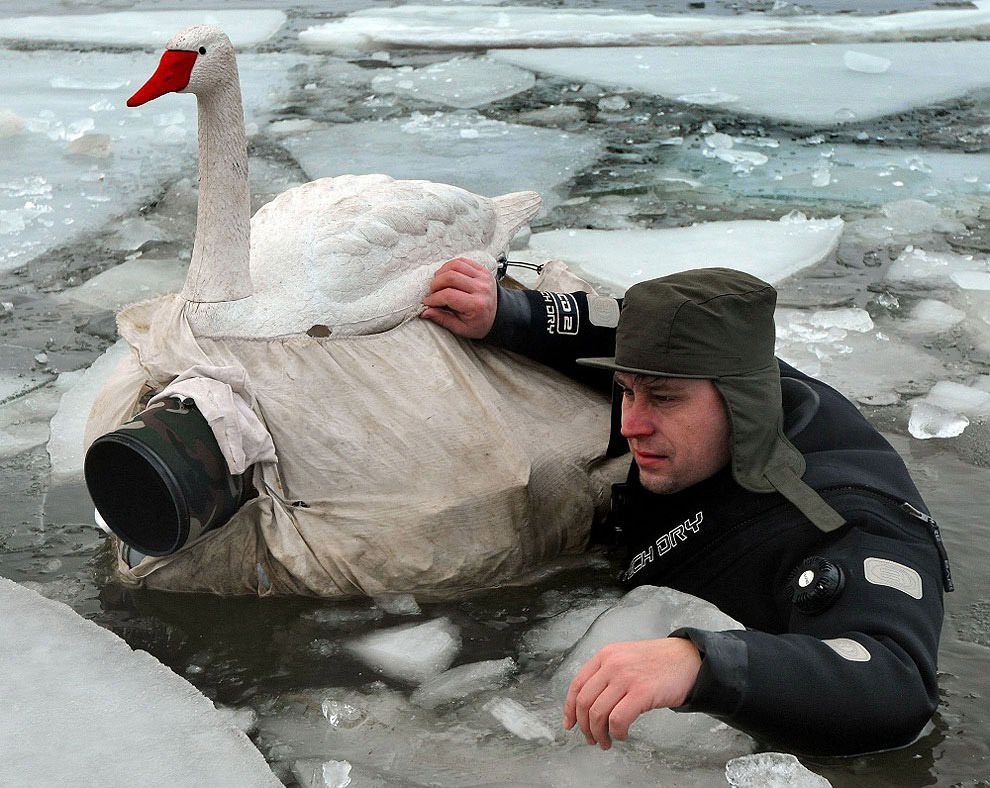
For nature photographers, one of the most challenging parts of photographing wildlife is catching the animals in their natural habitat. Often, the creatures are nervous around humans, making it difficult to capture them in their natural glory.
When Henryk Janowski began photographing his local swamp, he decided to take a creative approach to immersing himself in the environment and staying hidden to get the shot. Janowski built a swan-like vessel that allowed him to keep his camera safe and his presence unknown to the local wildlife.
In an interview with TreeHugger, Janowski explains that his true goal was to get closer to nature, desperate to photograph the wetland birds without disturbing them. After trying several devices on the market, and finding nothing that fit his needs, he decided to take matters into his own hands.
After building his swan boat, Janowski was able to do two things: get closer to the birds without being noticed, and keep his equipment dry in the vessel while he waded beneath his homemade swan. As the photographer waded neck deep in the water, he was able to view the local birds in their natural habitat, resulting in intimate photographs like this one.
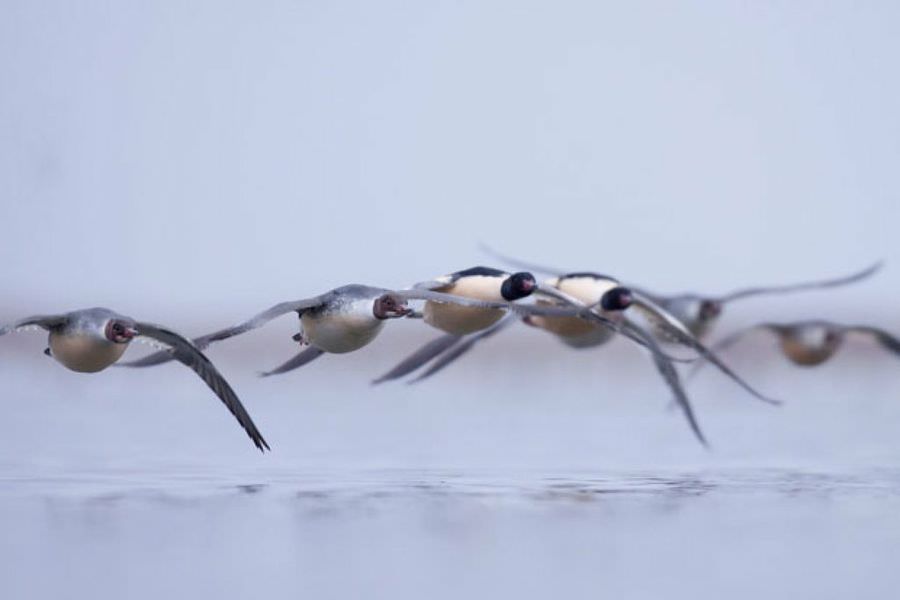
PRO TIP: Never underestimate the power that blending in can have. When your goal is to get candid shots in any environment, you’ll need to figure out a way to draw minimal attention. Whether it’s traditional camouflage for wildlife photography or not wearing a neon-yellow shirt when shooting street photography, the more you blend into the background, the more you can capture the undisturbed beauty around you.
4. James Smart
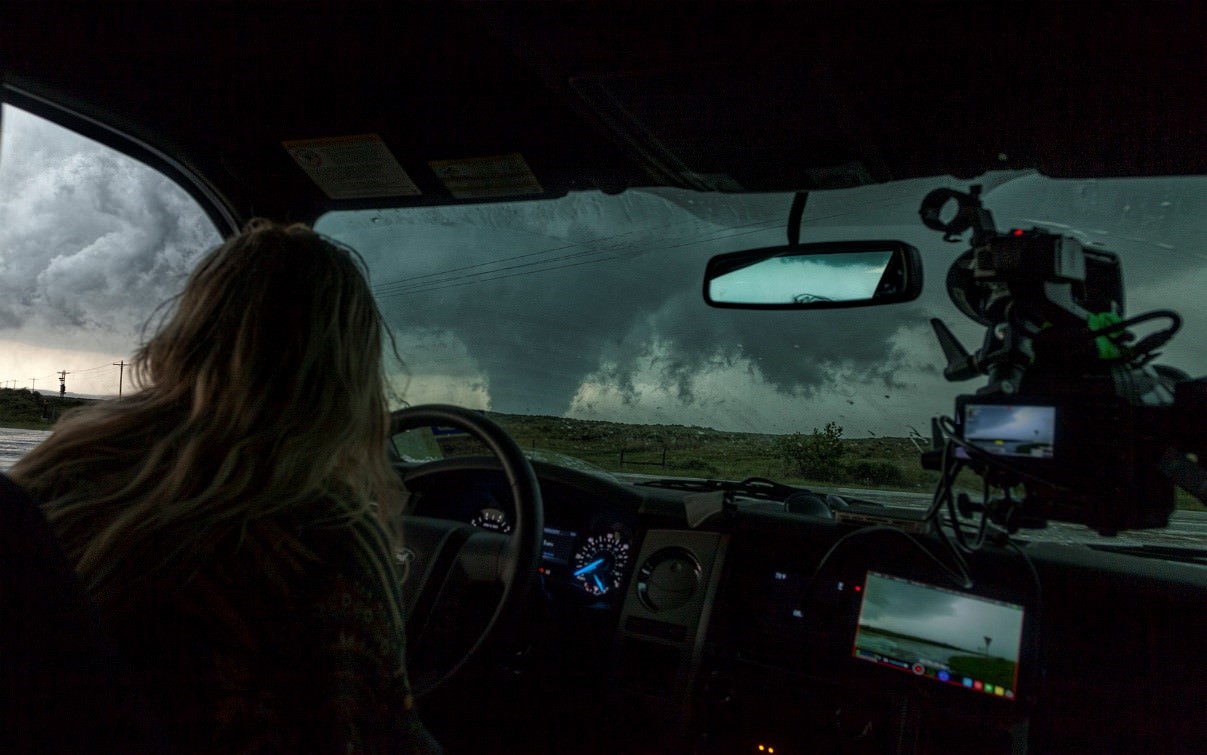
When James Smart, an Australian photographer, saw the 1996 classic Twister, he never thought he’d find himself in the center of a storm almost a decade later. Chasing storms since 2013, Smart has routinely battled hell and high water to get the perfect shot—his favorite of which occurred back in the summer of 2015 while on a trip to Colorado.
Smart began chasing storms with his brother, the two often taking trips to Tornado Alley together. As their work progressed, the brothers recruited the help of two meteorologists to help track these storms ahead of time. With the help of his crew, Smart was able to track the storm in Colorado, and in an interview with ABC, he admitted the team had to get within one kilometer to get this amazing shot. After seeing six tornadoes in a four-hour window, and years of chasing similar storms, Smart finally got his chance at a perfect shot, securing him National Geographic’s coveted Photo of the Year award in 2015.
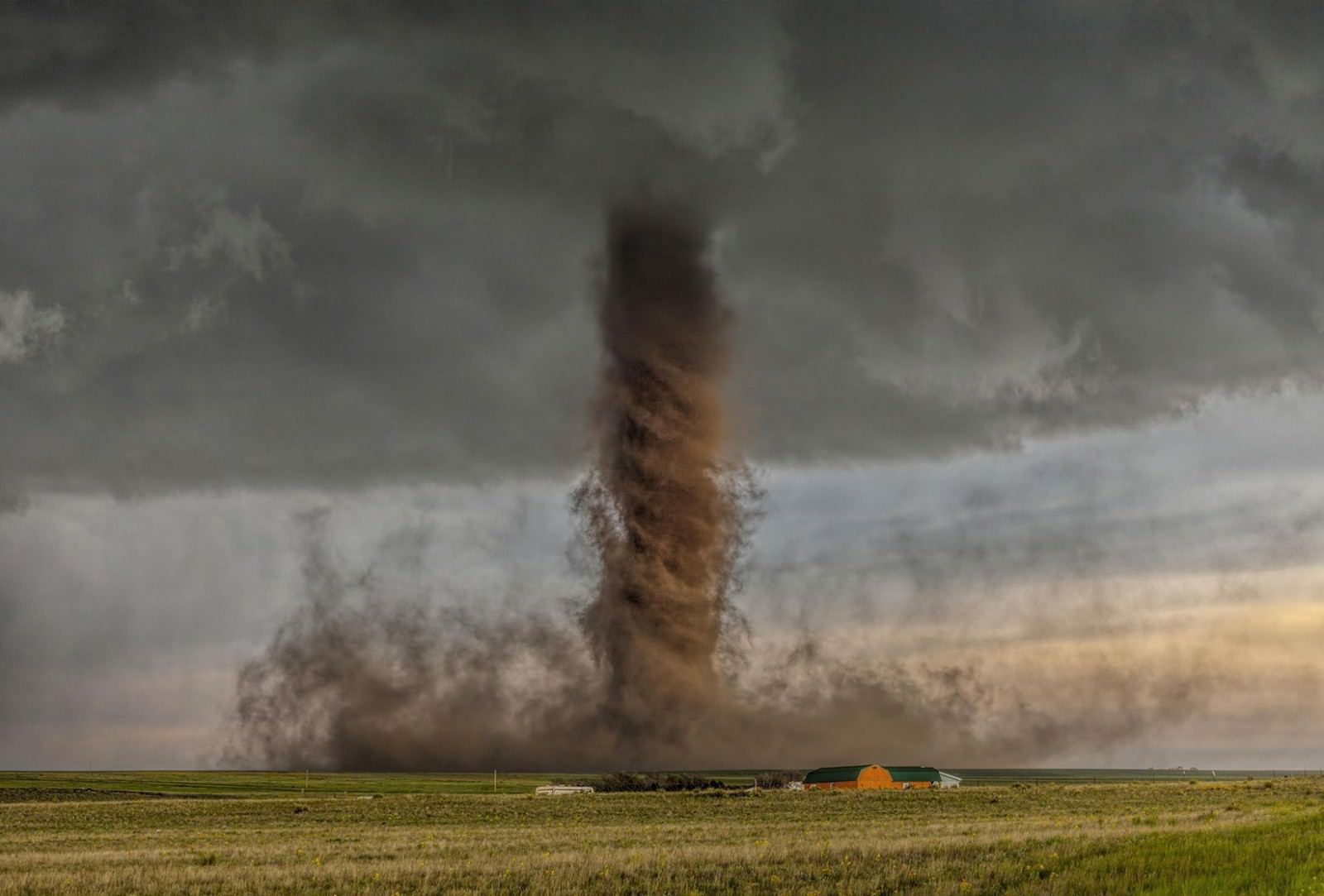
PRO TIP: Want to venture into extreme environments? Try checking out a guided photography tour first, before venturing out on your own. For example, to try out storm-chasing, you can use companies like weatheradventures.net. While these guided tours won’t bring you as close to the action, you can gain critical experience from seasoned pros before creating your own adventure.
5. Franco Banfi
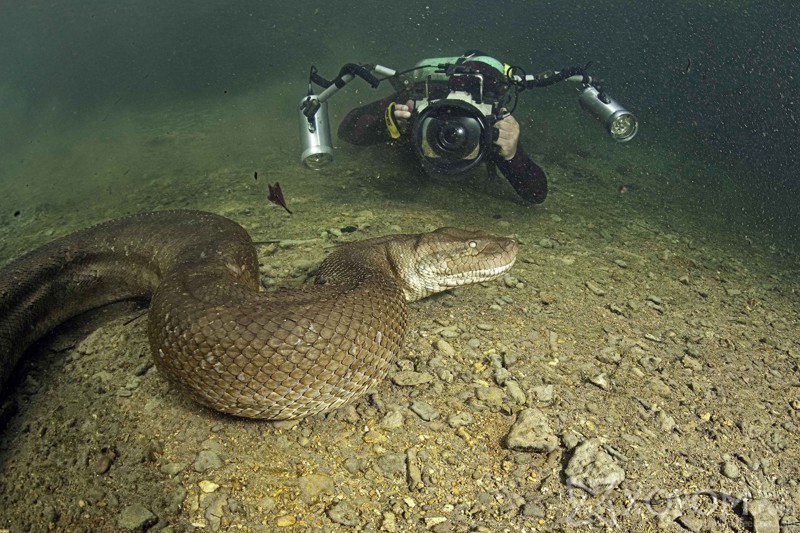
While Franco Banfi has been in love with underwater photography since his youth, one of his most recent trips to Brazil made international headlines. The 53-year-old Swiss photographer is a snake enthusiast, part of what would lead him to Brazil in 2012.
Banfi set out to memorialize one of the most dangerous snakes known to man, the anaconda. He traveled from his home in Switzerland to Mato Grosso, an area in central Brazil, in the hopes of capturing some shots of these giant snakes in their natural state. After recruiting the help of some local professionals and a Slovakian photographer, Banfi was finally able to find six different anacondas in his week-long expedition.
Although he admits he was afraid the first few times he had been around the creatures, due to the snake’s violent reputation, Banfi says he now prefers the giant snakes to the smaller, poisonous ones. To get these fantastic shots, the underwater photographer only approached snakes which he knew had recently eaten, resulting in the large reptiles ignoring him and allowing him to get close enough to touch them.

PRO TIP: For those interested in underwater photography, one of the first steps you’ll have to take is to find a dive operator you can trust. For the most part, you’ll want a dive operator who is intimately familiar with the area and has plenty of local connections, allowing you to have the best chance of capturing amazing underwater shots. Additionally, check out some of the gear modifications you’ll need to consider as well.
6. Vishnu Whiteramp
When you wanted to become Spider-Man to fight crime but ended up becoming wedding photographer due to parental pressure. pic.twitter.com/aFtnrFtTf7
— Pakchikpak Raja Babu (@HaramiParindey) April 18, 2018
Shooting to viral fame this year, Vishnu Whiteramp‘s dedication to his photography was captured and shared across social media by Rejoy Benny, who happened to be walking by at the right moment. Whiteramp, a 23-year-old wedding photographer from India, has welcomed the unexpected fame, but he says that he never intended to be a viral sensation. He was simply doing what he does at every photo shoot: going above and beyond to get the perfect shot.
According to Whiteramp, the photo occurred organically. While taking pictures of a happy couple after their wedding, the photographer suddenly had the idea to take a shot from above. When the newlyweds agreed, Whiteramp found a nearby tree and did what he had to do: scale the tree and hang upside down from a branch to get the perfect angle. Luckily for us, Benny captured the entire event, including the moment where Whiteramp hands the groom his camera in order to expertly descend from the tree.
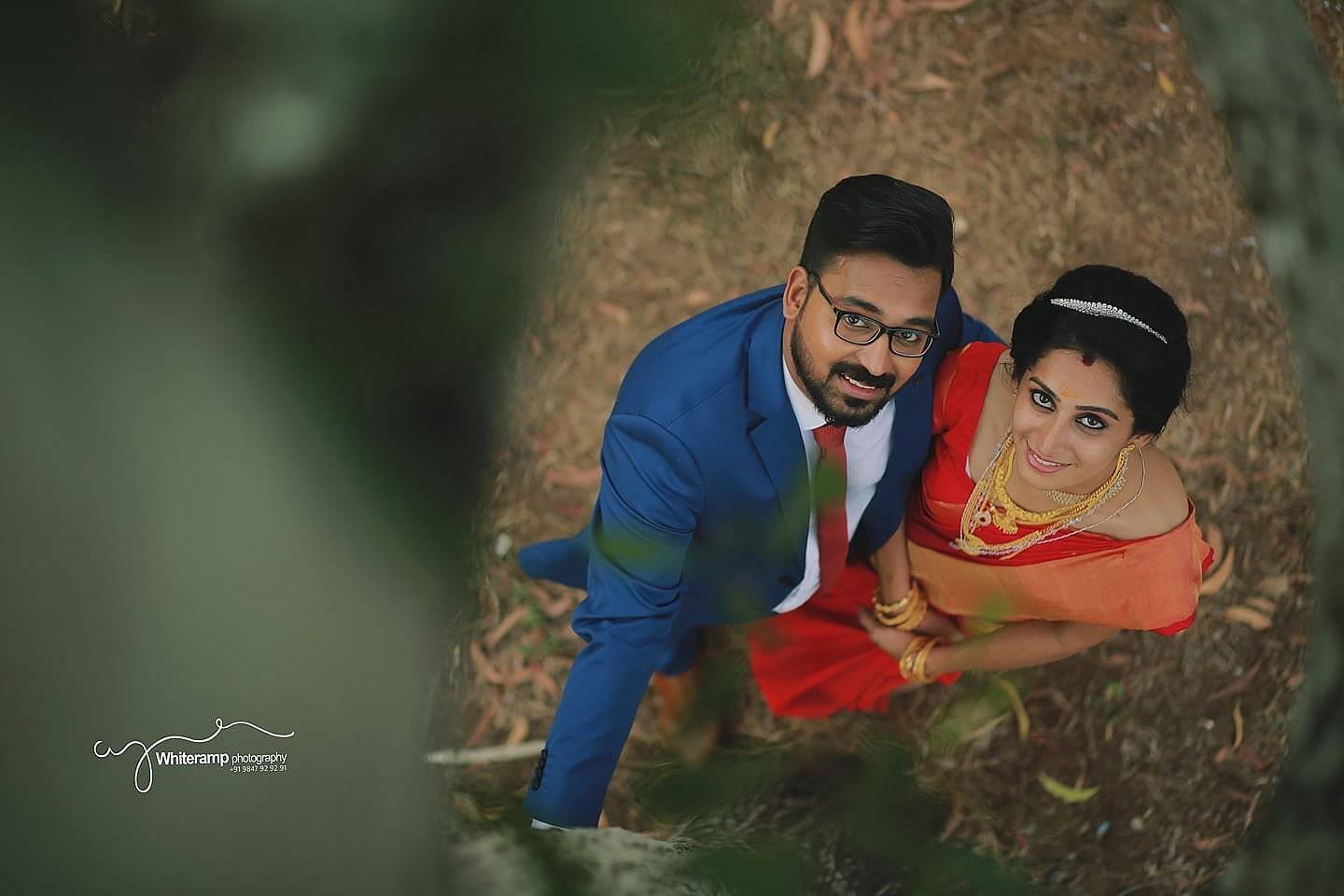
PRO TIP: Never be afraid to look from a new perspective. Sometimes taking on a new angle can transform an otherwise generic photo into something much more dramatic. Get up high, stoop down low, or take an otherwise “odd” angle to the subject. Many times, that is all it takes to add the missing element you were searching for.
7. Russell Ord
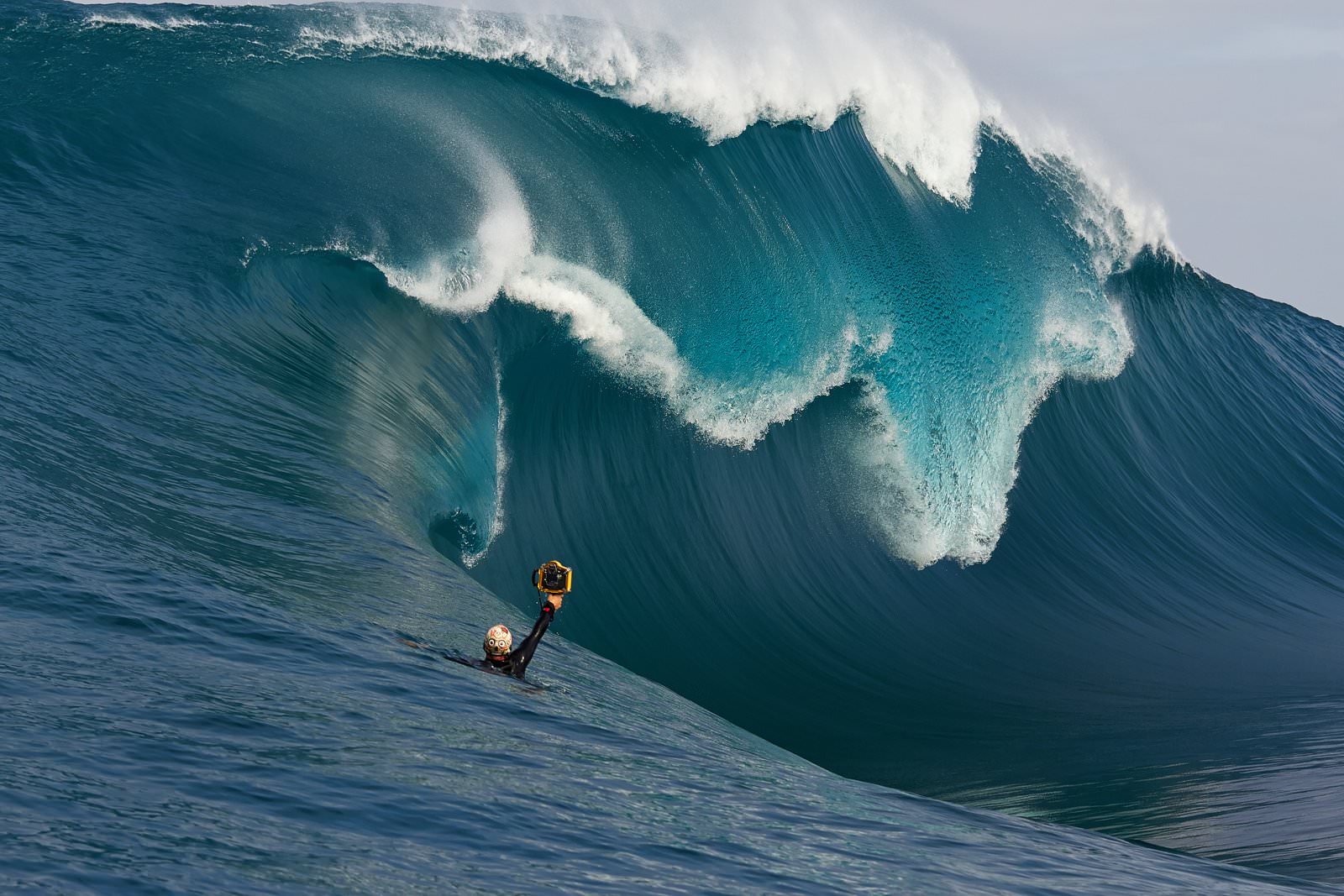
After quitting his day job to pursue his love of photography, Russell Ord made international headlines when he saved a fellow surfer from drowning while on a photoshoot. According to Ord, that was the moment his passion took flight.
The photographer gained popularity among the surf community when he began shooting an area known as The Right, a swell located on the west coast of Australia. Its intimidating waves draw in surfers from all over the world and Ord describes the location as “an Indian Ocean mountain with many different faces and moods.”
Ord spent years attempting to capture the perfect photo at the perfect location. His dream was to take a photo of a surfer in the tube, all the while catching the daylight behind the athlete. In 2018, Ord captured the picture he had been trying to get for four years.
To get these amazing shots, he used a method which he had helped create years before. Ditching the traditional jet ski used to take surf photos, Ord swam out to the break and shot while wading in the water. He had a friend take him to the breaks on a jet ski before diving into the choppy waters to get in place to take the shot. After four years of taking a beating from the monstrous waves, Ord finally got the photo he had been chasing.

PRO TIP: Flexibility is vital when it comes to photography. Russell’s passion for surf photography only started when he broke his leg and wanted to find a different way to be closer to the sea. His fame only came when he was willing to be flexible and try a whole new approach to shooting local surfers. If one thing just isn’t working out anymore, never be afraid to try a whole new approach, even if it means starting from scratch. You never know what will result in the perfect shot!
8. Michel d’Oultremont
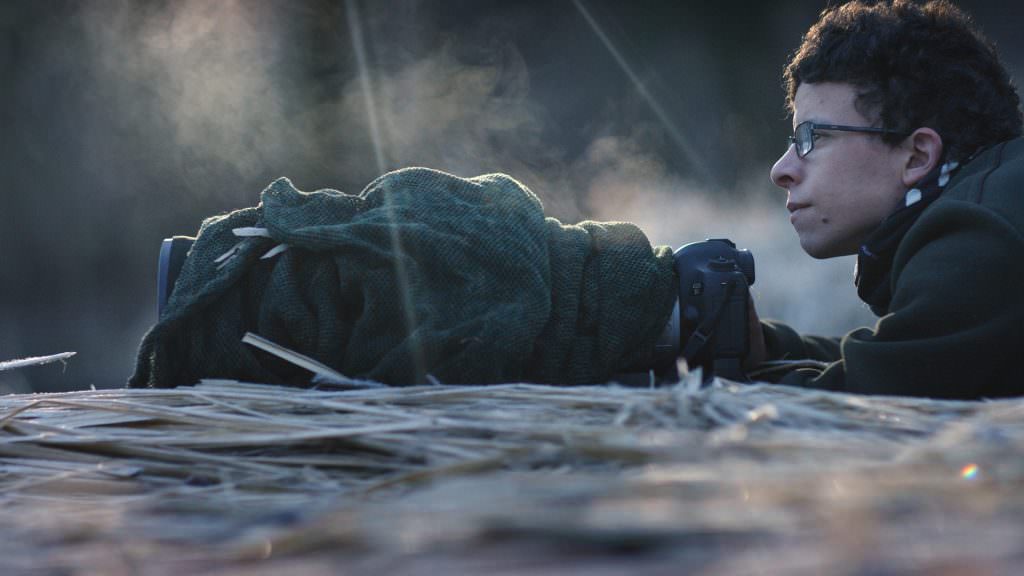
As any good nature photographer will tell you, patience is a virtue. For Michel d’Oultremont, winner of the 2014 Rising Star Portfolio Award in the Wildlife Photographer of the Year competition, patience is just part of the job. To capture this amazing shot of a bison, d’Oultremont made the journey to Romania, as documented in the award-winning short film The Wait.
When the World Wildlife Fund began to reintroduce bison—an animal which hadn’t been seen on the land for almost 200 years—to the Carpathia Mountains of Romania, d’Oultremont knew he had the chance to capture something no one else had.
With no known location of the bison, d’Oultremont set out to find the beautiful animals, spending two weeks in the harsh mountains tracking their every move. Waiting for the perfect opportunity, he finally took his chance and photographed the animals in the natural light of the mountains. He was also able to get some zoomed-in shots to really capture their beauty.
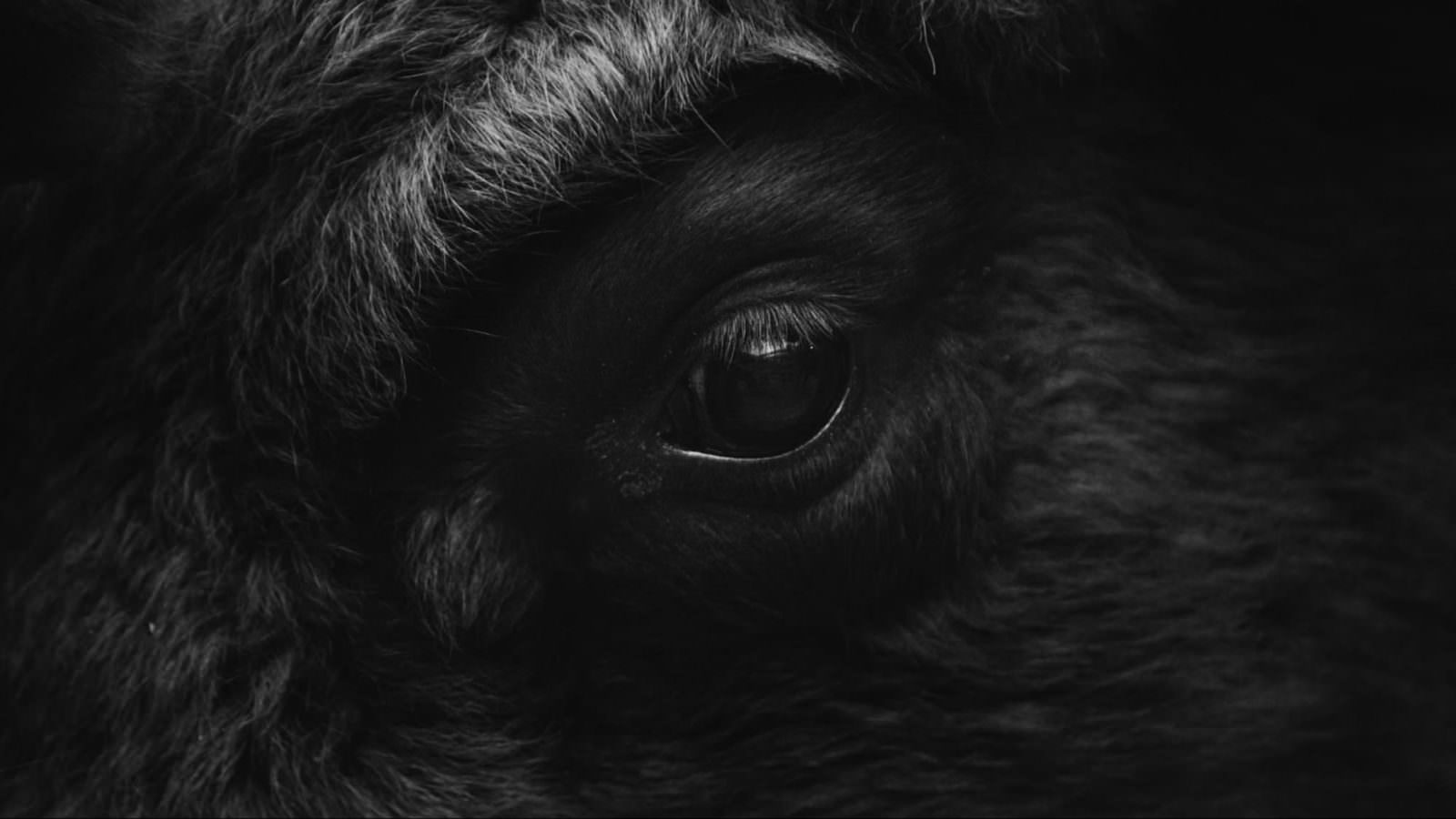
PRO TIP: When starting out in nature photography, there’s nothing more important than taking the time to fully understand the environment and the behavior of the animals that reside there. You’re the visitor, so remember to do everything in your power not to disturb the wildlife.
9. Guido Sterkendries
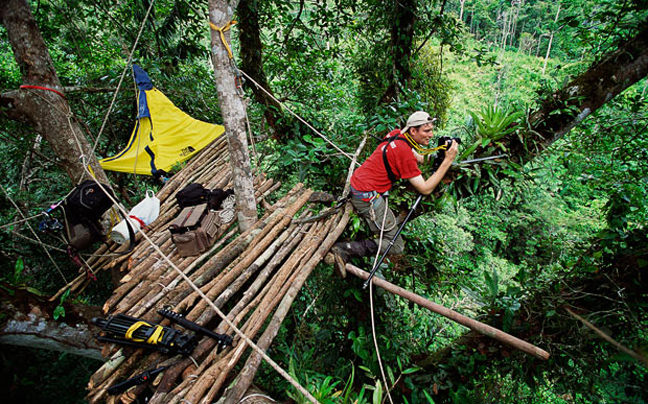
When it comes to dedicated photographers, it’s hard to beat Guido Sterkendries, a Belgian ecologist and wildlife photographer who spends weeks on end living in the rainforest’s canopy. Suspended high above the forest floor, Sterkendries builds his own canopy, allowing him to observe nature in a way no one has before. Throughout his 10 years of dedication, Sterkendries has been able to capture some of the world’s most elusive creatures, including the endangered golden frog, howler monkeys, and the never-before-photographed blue arboreal poison dart frog.
In an interview with The Independent, Sterkendries admitted that it takes him nearly 20 minutes to climb up to the canopy, often stopping due to the extreme heat or simply to take in the beauty around him. The photographer enlists the assistance of local tribes to scout out the perfect spot for his man-made canopy, erecting it with a system of ropes and pulleys. Once he makes the dangerous climb to the treetops, he then ties down everything he owns.
While it may seem extreme, you simply can’t argue with the results. It was during a two-week stay in the canopy, in a completely untouched area of Panama, that Sterkendries would finally capture a photo of the blue poison dart frog when it ventured near his camp.
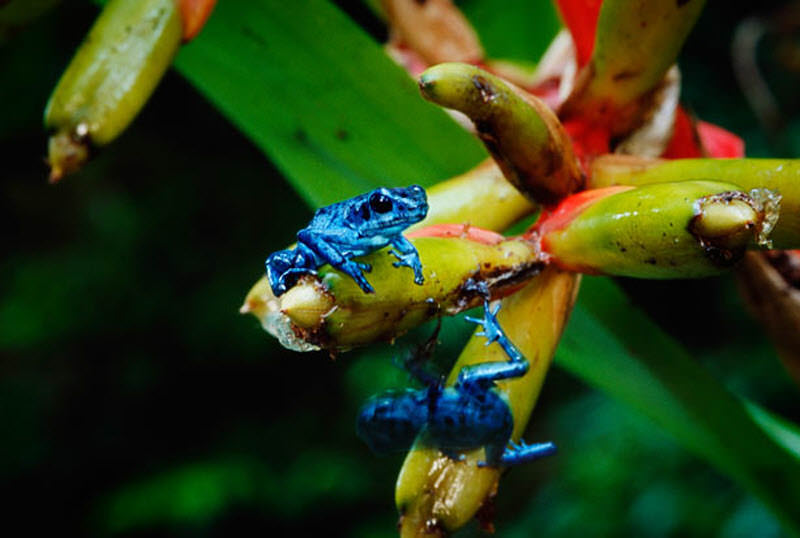
PRO TIP: When giving advice to other adventure-seeking photographers, Sterkendries claims the most important part is knowing exactly what you’re getting into. When he first began traveling into the rainforest, he prepared himself mentally for all his worst fears. If you plan on doing a dangerous shoot and you run into trouble, panic is your worst enemy. Planning and education is what allows you to remain calm.
10. Tom Ryaboi
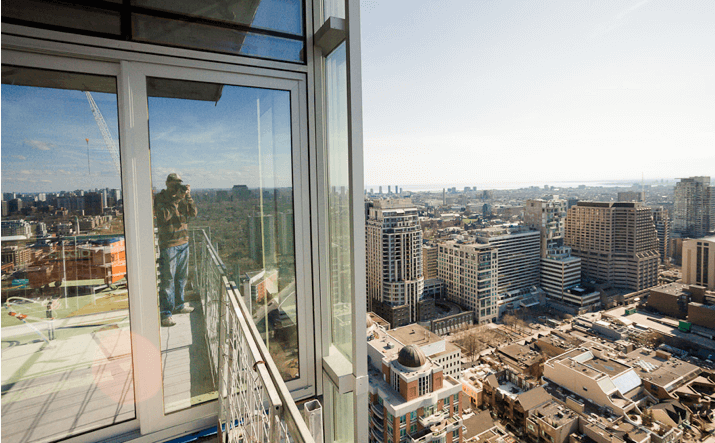
While most people ask how far they’d go for the perfect shot, Tom Ryaboi asked himself “how high?” Ryaboi is a pioneer of the “rooftopping” phenomena, an extreme type of photography focused on finding ways to the tops of buildings which are otherwise closed off to the public, and then capturing the beauty of their spectacular views.
Ryaboi’s most prolific photo, aptly named I’ll Make Ya Famous, was taken in Toronto in April 2011. While out on a rooftopping climb with friends Jennifer Tse and notable rooftoppers Hi-Lite and Peter, the group scouted a few new buildings they had hoped to photograph. Eventually, their sights were set on a high-rise in the city’s financial district. After slipping past security and riding the elevator to the top floor, the group got lucky when they discovered an open hatch to the roof.
In an article he wrote for PetaPixel, Ryaboi explains the climb to the roof as “hazy” and “what a caged bird would feel like if you leave the gate open.” After the dangerous climb, the photographer says the shots came organically. While Tse sat perched on the ledge, Ryaboi took a series of photos of her on a whim without ever looking into his viewfinder. It was only later, when he uploaded the photos to his computer, that he knew he had something special.
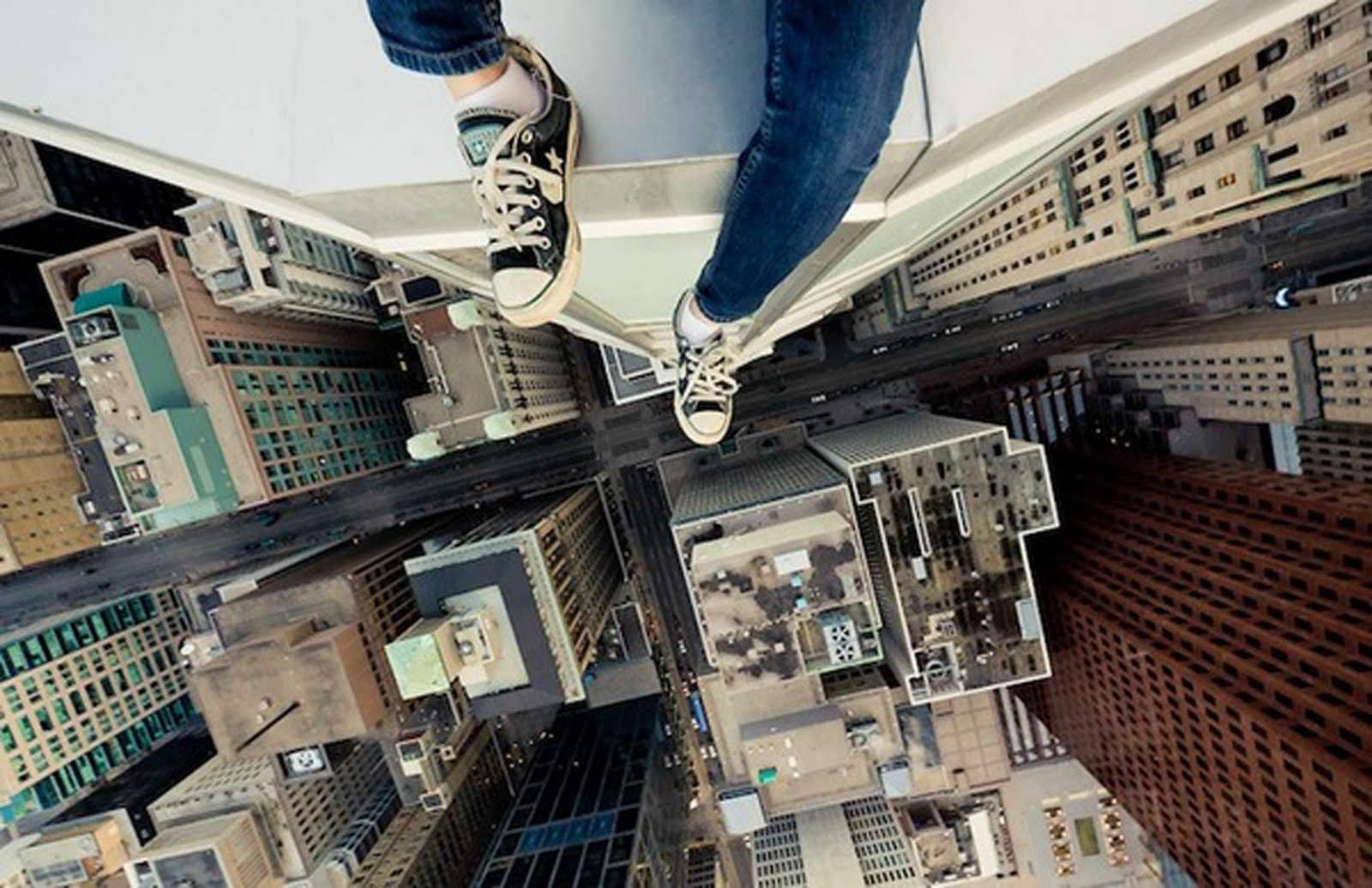
PRO TIP: While these vertigo-inducing shots often go viral, the trend has gained attention due to the dangerous lengths some photographers go to. The original intent of rooftopping was to share spectacular sights that had rarely been seen, using already open hatches. However, in many cities rooftopping is illegal, resulting in breaking and entering charges for those caught in the act. So, please don’t access any building (or area) without permission!
The 10 Takeaways
1. Fully immerse yourself in the moment. It’s just your subject and your camera, nothing else.
2. Don’t be afraid of using shock value to create a stunning profile image online.
3. You may need to go to extreme lengths to blend in if you want to capture a pure candid moment.
4. If you’re going into an extreme environment, guided tours are a great first step to get acclimated.
5. If you’re going underwater, make sure you have fully vetted the dive company you are with and your equipment is ready.
6. Take a new perspective you never would have tried before. Sometimes a change of angle is all that is needed.
7. When things aren’t working, never be afraid to try a new approach, even if it requires starting from scratch.
8. When in nature, nothing is more important than taking the time to understand the area you are visiting and leaving no trace behind you.
9. When adventure-seeking, prepare for the worst. Never assume things will just “work out”, but prepare in order to avoid panic.
10. A photo should not come at the cost of your freedom. Don’t risk fines and jail time just to get a good “Instagram worthy” photo.
Whether you’re a wedding photographer hoping to capture newlywed bliss or an extreme sports enthusiast, there’s something to be learned through every one of these stories. While some preach patience, others encourage you to fearlessly embrace the unknown, and neither are wrong. Taking the time to figure out what works best for you is important, but remember to never underestimate the effect of going the extra mile to get your perfect shot.
Know the dangers, know the environment, and know what you are willing to risk. Then ask yourself, “How far will I go to get the shot?”













